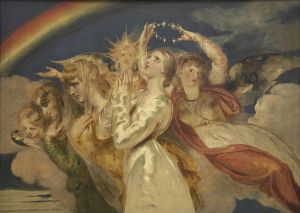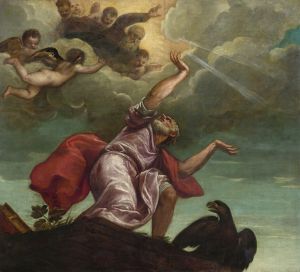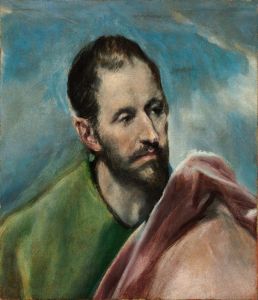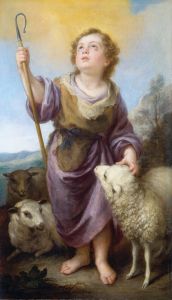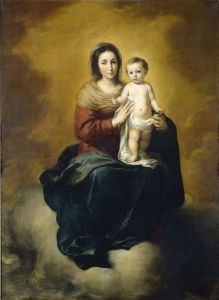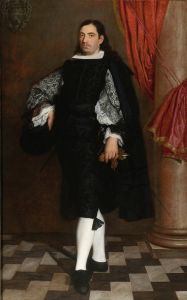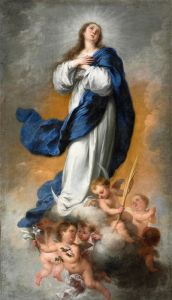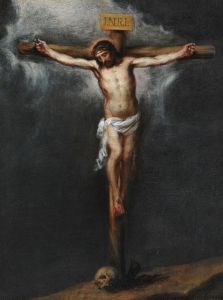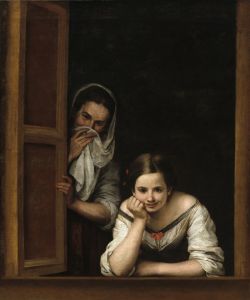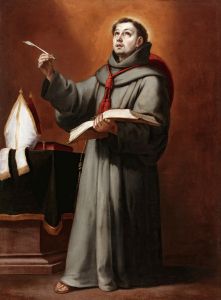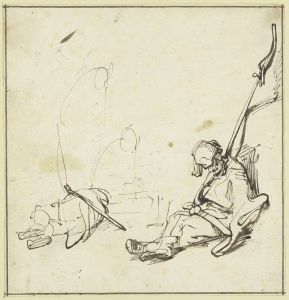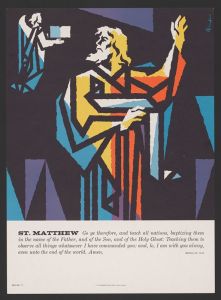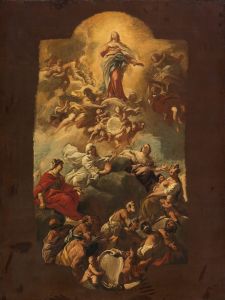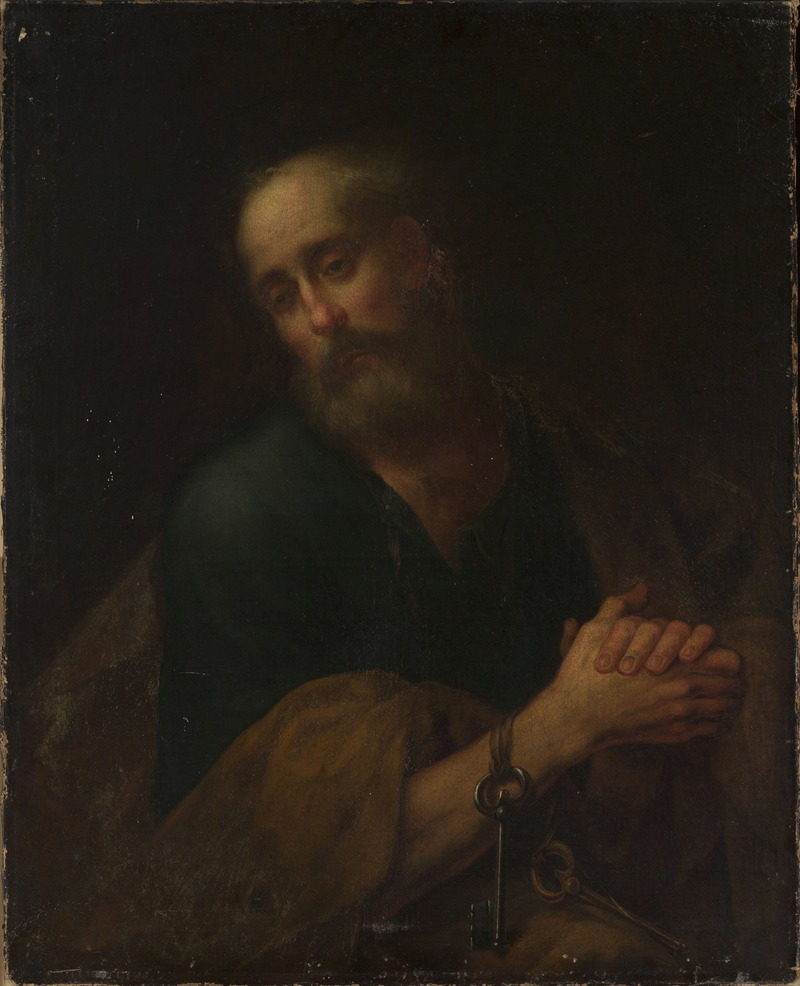
St. Peter
A hand-painted replica of Bartolomé Estebán Murillo’s masterpiece St. Peter, meticulously crafted by professional artists to capture the true essence of the original. Each piece is created with museum-quality canvas and rare mineral pigments, carefully painted by experienced artists with delicate brushstrokes and rich, layered colors to perfectly recreate the texture of the original artwork. Unlike machine-printed reproductions, this hand-painted version brings the painting to life, infused with the artist’s emotions and skill in every stroke. Whether for personal collection or home decoration, it instantly elevates the artistic atmosphere of any space.
Bartolomé Esteban Murillo, a prominent Spanish Baroque painter, is renowned for his religious works, genre scenes, and portraits. Among his notable religious paintings is "St. Peter," which exemplifies his skill in capturing the human spirit and emotion through art. Murillo's work is characterized by its soft, warm colors, realistic depiction of figures, and the ability to convey deep spiritual themes.
"St. Peter" by Murillo is a testament to his mastery in portraying religious figures with a sense of humanity and accessibility. The painting depicts St. Peter, one of the twelve apostles of Jesus Christ and a significant figure in Christian theology. Known for his role as a leader in the early Christian Church, St. Peter is often depicted in art with specific attributes such as keys, which symbolize his role as the keeper of the gates of Heaven, and a rooster, referencing his denial of Christ.
Murillo's depiction of St. Peter is likely to focus on the apostle's humility and penitence, themes commonly associated with him due to the biblical narrative of his denial of Jesus and subsequent repentance. Murillo's ability to convey emotion is evident in the expressions and gestures of his subjects, often inviting viewers to engage with the spiritual and emotional dimensions of the figures he portrays.
The painting is executed with Murillo's characteristic use of light and shadow, creating a sense of depth and volume. His technique often involves a soft, diffused light that bathes the subject, enhancing the spiritual atmosphere of the work. This approach not only highlights the physical features of St. Peter but also imbues the painting with a sense of divine presence.
Murillo's religious paintings were highly sought after during his lifetime, and his works were commissioned by churches and private patrons alike. His ability to blend realism with idealism made his religious figures relatable yet inspiring, appealing to the devout and art enthusiasts alike. "St. Peter," like many of Murillo's works, would have been intended for devotional purposes, serving as a visual aid for meditation and reflection on the virtues and trials of the saint.
While specific details about the provenance or current location of "St. Peter" by Murillo may not be widely documented, his works are held in high esteem and can be found in major museums and collections around the world. Murillo's influence on Spanish art and his contribution to the Baroque period remain significant, with his paintings continuing to be studied and admired for their technical skill and emotional depth.
In summary, "St. Peter" by Bartolomé Esteban Murillo exemplifies the artist's ability to convey religious themes with warmth and humanity. Through his masterful use of light, color, and composition, Murillo creates a work that not only captures the likeness of the saint but also invites viewers to contemplate the spiritual journey and virtues of St. Peter.





